Michael’s Sepsis Story – Starting a Sepsis Patient Group in Belgium After Surviving Sepsis in 2016
I first came in contact with the European Sepsis Alliance in 2018 through a friend who was chairing the ESA annual meeting that year and knew of my sepsis experience. At the ESA virtual annual meeting in March 2020, I spoke as a panelist of my experience with sepsis after previously participating in the ESA Policy and Stakeholder Engagement working group. I had fully retired, aged 69, from an international career with PwC in 2015, except for working pro bono as the Executive Director of the Belgian Chapter of Transparency International (TI B). I was then a long-term patient for colon cancer since 1990 when I had undergone a successful surgery at a leading Belgian teaching hospital.
My experience with sepsis started after a regular check-up in early 2016 when it was decided to remove what was left of my colon in a procedure that would avoid the need for a stoma. I was operated on in mid-March 2016 by a successor to the professor who had operated on me in 1990 and had followed me up until his recent retirement. He had become a good friend.
After the operation, I started to run a temperature and my blood pressure was falling. My wife queried the slow response of the medical staff in the absence out of the country of the professor who had operated. She contacted our medical friend. By then I had suffered a septic shock and was in a coma. Our friend monitored the remedial treatment, which included a second operation and the placing of a permanent ileostomy. During the three weeks that I was in the intensive care unit, I suffered a cardiovascular accident and two heart stoppages before my situation was stabilized. After two months, I was moved to an independent, specialized revalidation points clinic, Inkendaal. I was largely immobile and officially classified as handicapped in Belgium with an ileostomy, hemianopsia on the right side (120° field of vision), impaired balance (no ladders, bicycles, mopeds, etc.), residual problems with one finger and toes, and some loss of memory. I was treated at Inkendaal until January 2017, first as a resident for four months, and then three days a week as an outpatient.
Now, after four years since my septic shock, I am able to swim regularly around 500 m and walk up to 10 km with Nordic sticks. I drive around 20,000 km a year and regularly spend up to five hours gardening in our large wild garden. I had to stop working as the Executive director of TI B but I am now working again a little with them. My very successful recovery was in large part thanks to the excellent revalidation program I followed at Inkendaal.
After the 2020 ESA annual meeting, I participated in the Patient and Family Support working group. I had noted that in Belgium there was no equivalent national sepsis patient and survivor group. Through Idelette Nutma, who leads the ’Sepsis en daarna’ initiative in The Netherlands, I have been able to enlist the considerable support of Carine Nelissen, a sepsis survivor, and Hans Hellinckx, Public Policy and Governmental Affairs manager of Becton Dickinson (BD Benelux). Carine had also suffered a septic shock after becoming unwell after a minor operation to deal with a kidney stone. She required ICU treatment before recovering. Carine returned to work but now, some five years later, she finds that there are still sequels, particularly becoming more easily physically tired than before. Carine, with the help of her son, has been key in developing our website and Facebook page.
Hans has been very helpful in promoting our SEPSIBEL initiative with several of his relevant contacts, as he has made it his personal ambition to put sepsis high on the Belgian political agenda. He also facilitated the meeting with Belgian politicians who have shown their support for the idea of a national action plan against sepsis. Hans plans to inform the various experts and professional (scientific) associations of specialists and nurses (intensive care, emergency care, infection prevention, and microbiology) while calling on them to support this initiative and creating an expert reflection Task Force.
The article above was written by Michael Clarke and is shared here with his explicit consent. The views in the article do not necessarily represent those of the Global Sepsis Alliance. They are not intended or implied to be a substitute for professional medical advice. The whole team here at the GSA and World Sepsis Day wishes to thank Michael for sharing his story and for fighting to raise awareness for sepsis.

